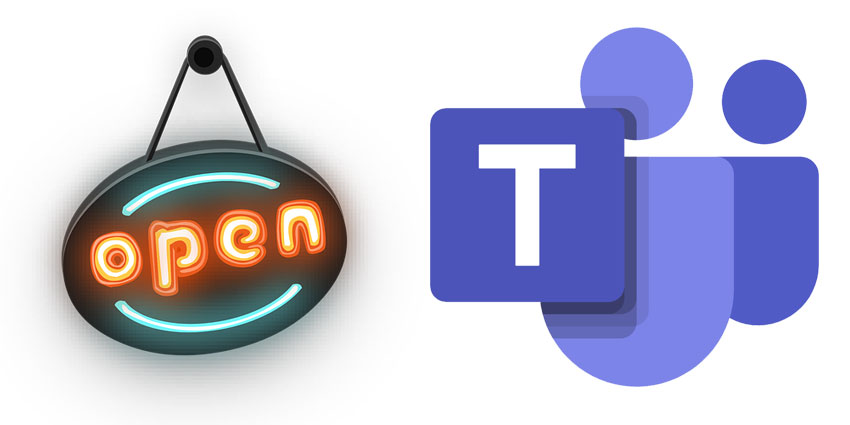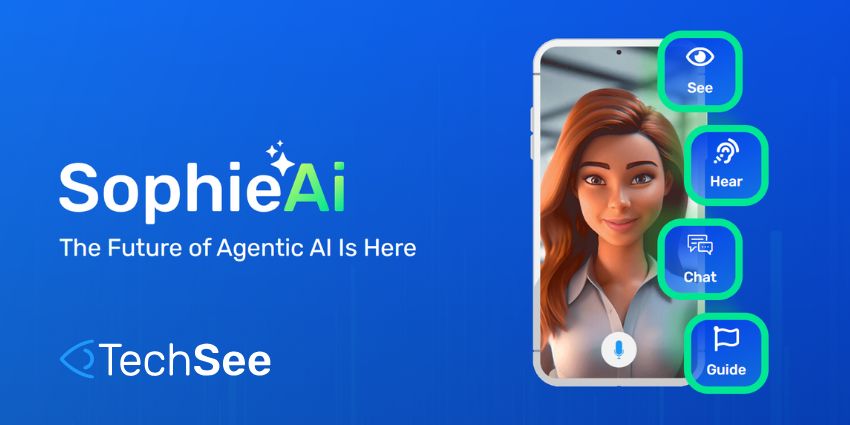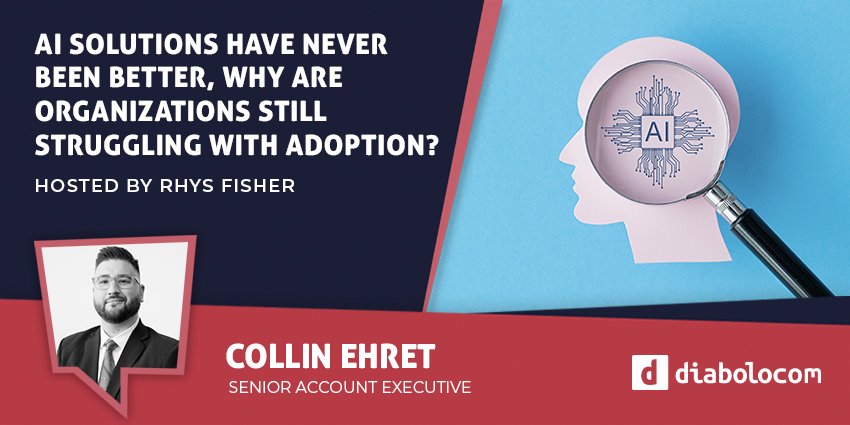Microsoft Teams is the fastest-growing application in the Microsoft ecosystem, and one of the biggest contenders in the enterprise collaboration environment. Offering easy access to better productivity and teamwork in virtually any business environment, Microsoft Teams has the power to transform your workforce. However, companies still want more from their Teams implementation.
We’re still waiting on Microsoft to release a fully open API for Teams, offering opportunities for vendors in the ecosystem to transform the contact centre space, as well as the UC environment. Companies like Enghouse Interactive would be able to use the Teams APIs to develop a new breed of contact centre, where the front end and the back end go hand-in-hand.
I spoke to Alex Black, the CTO at Enghouse Interactive, to find out what he thinks about the opportunities of a Microsoft Teams open API.
Tell Us About Enghouse’s Relationship with Microsoft

Enghouse Interactive is a company that strives to be the most reliable contact centre tech provider in the world. For years, the organisation has had a long-standing and deep relationship with Microsoft, building new functionality on top of the company’s Skype for Business offerings. Now, Enghouse is working on shifting those opportunities into the Microsoft Teams ecosystem.
“We were working very closely with Microsoft and Skype before they decided to move into Teams, so we were involved with the APIs for that product, just as we’re involved in the APIs here. The APIs for Microsoft Teams are progressing – but they’re not moving as quickly as some people would like.”
According to Black, it’s no surprise that progress with the Microsoft APIs is taking time. There’s a lot of work to be done to make sure that these APIs are up-to-scratch, and in Alex’s opinion, it’s better to take time and get it right, than rush anything unfinished into the market. Microsoft already has some APIs out there, but it’s not enough to run a full contact centre yet. There are some work arounds that you can put in place to get around most of the API’s that are currently lacking. For example Enghouse is using SIP as a vehicle for its contact centre technology today..
How Far Have We Got to Go?
According to Alex, it’s easy to see that progress is already being made in the Microsoft Teams ecosystem with the development of APIs. “We can create contact centre solutions today that can take calls through Teams and deal with Teams technology. However, we don’t have access to everything.”
Black told me that the biggest chunk of the work that needs to be done exists in the call control area. Enghouse needs access to more in-depth control functionality to let them get the most out of integrations with Teams. It’s this call control functionality that will allow solutions to speak to Teams and tell the app how to manage and process calls.
“We’ve been testing and working on this since July last year. From the moment Microsoft Teams came out, I moved my full R&D team onto it to start getting used to it and gaining experience. We’ve been building since July, and progress is being made”
While there’s no official release date for a full API solution yet, there’s a lot of growth happening in the Microsoft Teams ecosystem happening. It may be that we only need to be patient for a little while longer.
What Will the World Look Like When the API functionality Arrives?
 I was keen to get Alex’s thoughts on how the world of communication and contact centres will change when Enghouse and its customers finally gain access to Microsoft Teams APIs fully. “It’ll be a lot like integrating with an on-premises PBX, giving you really tight control over your PBX and contact centre. However, there will be more functionality too.”
I was keen to get Alex’s thoughts on how the world of communication and contact centres will change when Enghouse and its customers finally gain access to Microsoft Teams APIs fully. “It’ll be a lot like integrating with an on-premises PBX, giving you really tight control over your PBX and contact centre. However, there will be more functionality too.”
One thing that Black noted to be particularly exciting, is the fact that agents will have more access to collaborative functionality. This means that if agents want to talk to people in their back office when they’re communicating with a customer, they can do that easily.
“I think that joining the front and back office experience is essential in the world that we’re moving into right now. We’re seeing the walls come down between the different silos of the office, meaning that the agent no longer has to be an island.”
How Will the Contact Centre Experience Change?
The functionality offered by a full range of solutions through the Microsoft Teams APIs, the agent in the average contact centre will have more access to the middle and back office environments during their customer conversations. “We’ve been talking about breaking down islands of communication for 20 years now, but we’ve never been able to get all the way there. I think that Microsoft Teams could be the thing that changes all of that.”
Alex said that based on a year of working with Microsoft Teams and using it to run his R&D team, he’d seen firsthand how effective the application can be at getting things done. “In the past, we saw agents as people just sitting in a shed, answering emails and calls, but that’s changing.” Now, the modern worker is more mobile than ever, and Microsoft Teams allows the agent to have that freedom.
An agent on Microsoft Teams can share their team with a coworker over their smartphone, send a video back to the office in real-time, and get support wherever they are. Everything becomes a lot more connected.
“You’re taking the agent out of the shed and giving them a more rich experience”







